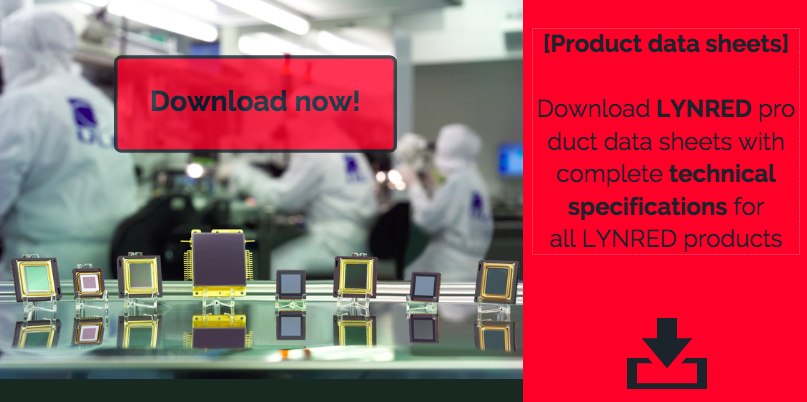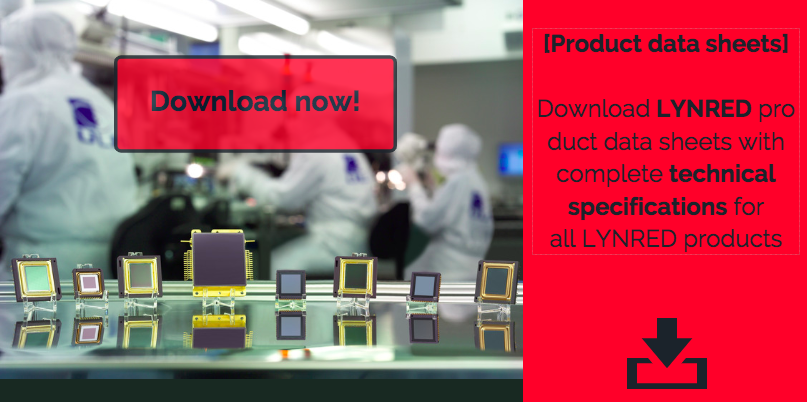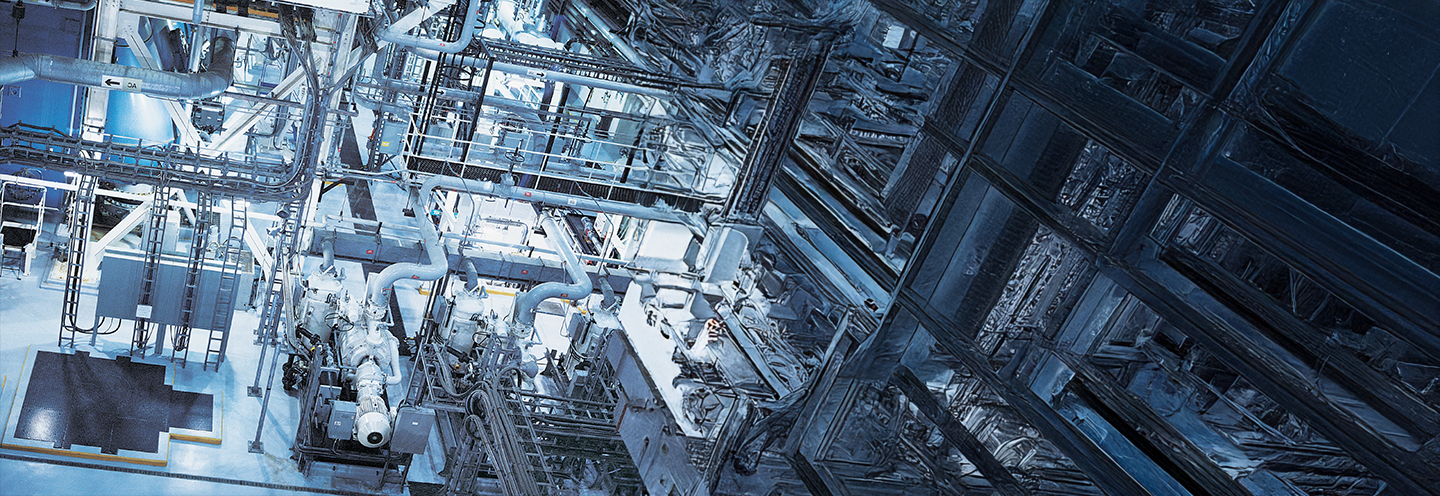There are a number of factors to consider when selecting an infrared detector. The most commonly-discussed is perhaps NETD. This article will tell you what NETD is and how it would translate in terms of visible light imaging. It will also give you some insights into the other selection criteria that influence NETD. Finally, it will provide you with an overview of scene dynamics—another key factor when selecting a detector and one that is dependent on NETD.
- What NETD is
NETD is Noise Equivalent Thermal Difference. It is stated in millikelvin, or mK (thousandths of a degree °C). It is the smallest difference in temperature a detector can pick up. It corresponds to a signal-to-noise ratio of 1. In other words, when the temperature difference is equal to the noise, the detector has reached its limit. The lower the NETD is, the more sensitive the detector. NETD is also sometimes called thermal contrast, to give you an idea of what it would mean in terms of visible light imaging. NETD plays a particularly important role in scenes with low thermal contrast (think of scenes like landscapes, for instance, in which all of the objects are around the same temperature).
- Which factors influence NETD
NETD can be influenced by several factors, which need to be considered when comparing two detectors.
A. Detector resolution/pitch and frame rate
When comparing NETD values, it is important to do so for a given resolution and frame rate. Thermal sensors are read in rolling shutter mode, which means that the pixels are integrated and then read line-by-line over a given time period (integrated during the integration time and read for a line time that depends on the video standard). The integration time is directly proportionate to the number of lines and images per second. NETD depends directly on the integration time. Therefore, when comparing two detectors’ NETDs, it is important that the resolution/pitch and frame rates be the same.

B. Optical aperture during NETD measurement
The optical aperture of the system (i.e., sensor; module or camera optics) influences the NETD at the square root of its value. In visible light imaging, the optical aperture, or F-stop, corresponds to the amount of light collected by the lens. In thermal imaging, it is stated as an F-number—from 0.8 to 1.6 for the majority of thermal systems. For a detector alone, the NETD is generally given for F/1. For modules or cameras, the NETD depends heavily on the F-number. It is related to the detector NETD as follows:
NETD com = NETD detector x Fnumber².
For a detector with an NETD of < 50mK @F/1, the NETD is 72Mk @ F/1.2 and 32mK @ F/0.8, for example.
C. Ambient and scene temperatures
NETD is generally measured at ambient temperature with a scene temperature close to ambient temperature (300 K). It is important to be aware that the signal emitted by a scene depends on the temperature (Planck’s law). In other words, the hotter the scene, the stronger the signal. Therefore, if a detector’s NETD is measured with scene (or controlled black body) temperatures much higher than ambient temperature, the NETD will also be better.
For a measurement taken at 30Hz on a QVGA at F/1 and two controlled black bodies at 20 °C and 35 °C, the NETD is 50 mK, for example. The same sensor measured using black bodies at 50 °C and 65 °C will result in a NETD of 39 mK even though the temperature difference between the two black bodies is the same.
- Scene dynamics
Another major factor to consider when selecting a detector is scene dynamics. This refers to the range of scene temperatures that the detector can resolve without saturating. This is very similar to the concept of exposure in visible light imaging. If a scene is too dark, the pixels are saturated with black; if a scene is too bright, the pixels will be saturated with white. The same is true in thermal imaging. If a scene has too wide of a temperature range (beyond the system’s scene dynamics), the parts that are too cold and too hot will be saturated, like the black and white saturation in under- or over-exposed visible light images. The details will be lost in these parts of the image.
This is why it is so important to also consider scene dynamics when comparing two detectors—especially since scene dynamics are related to NETD. Generally speaking, the more sensitive the detector (the lower the NETD), the lower the scene dynamics. For a given NETD, therefore, it is important to know the associated scene dynamics for the entire detector temperature range.
A thermal sensor’s performance is measured according to the sensor’s NETD—but only when comparing sensors with similar characteristics. NETD is generally stated as follows for a given resolution:
NETD < 50 mK (F/1, 30 Hz, 300 K)
And, once again, it is important to also consider scene dynamics and not only NETD.
To learn more about infrared detectors, download LYNRED product data sheets with complete technical specifications for all LYNERD products.












